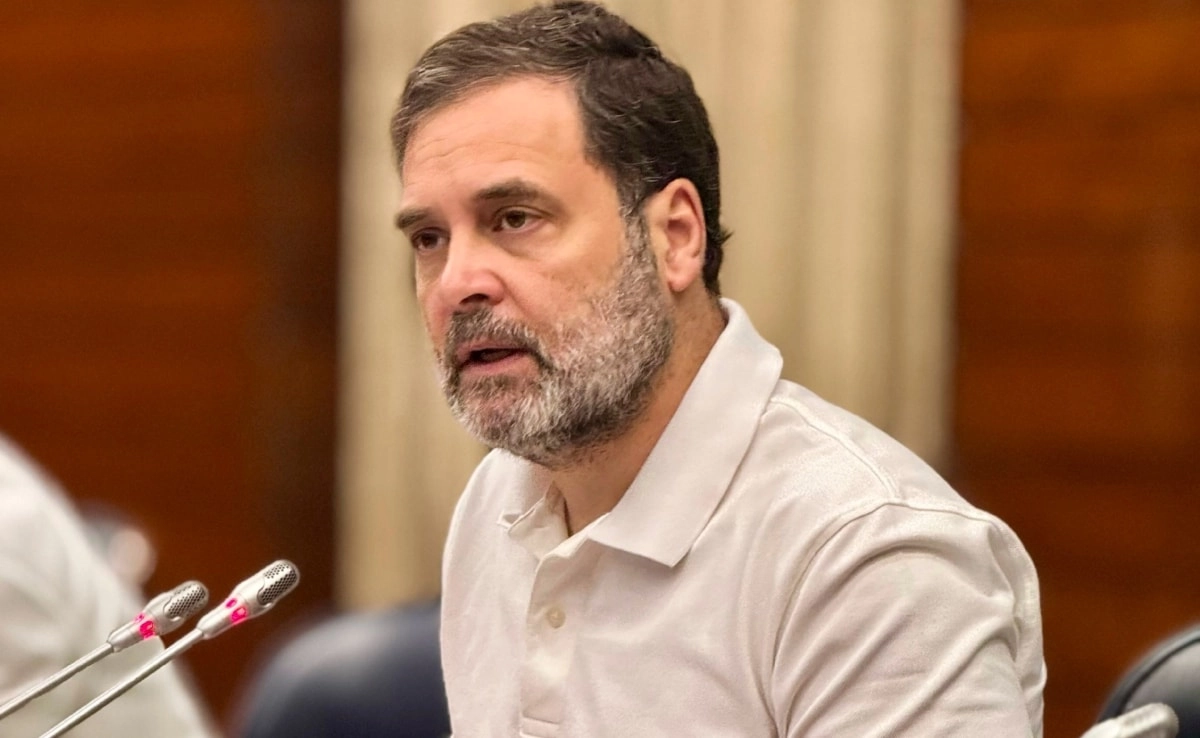The Indian government has recently announced a caste census, a significant move that has generated considerable discussion and debate across the political spectrum. This decision is poised to provide a clearer understanding of the demographic makeup of various caste groups within the country, which can be instrumental in shaping policies aimed at social equity and justice. The caste census aims to collect comprehensive data on the population of different castes, enabling the government to address the disparities that continue to exist in various sectors, including education, employment, and social welfare. This initiative reflects a growing recognition of the need for targeted interventions to uplift marginalized communities, ensuring that the benefits of government schemes reach those who need them the most.
In the wake of this announcement, Congress leader Rahul Gandhi has called for the removal of the 50% cap on reservations for backward classes. Currently, the Indian Constitution mandates a maximum limit of 50% for affirmative action in education and employment through reservations. Gandhi argues that this cap hinders the potential for social upliftment of lower castes and other disadvantaged groups. By advocating for the removal of this limitation, he emphasizes that a more inclusive approach is necessary to rectify historical injustices and ensure that all marginalized communities receive equitable representation in various spheres of public life. The call to eliminate the cap reflects a broader discourse on social justice and the need for a more nuanced understanding of caste dynamics in contemporary Indian society.
The intersection of the caste census and the demand for increased reservation underscores the complexities of addressing caste-based inequalities in India. Proponents of the caste census believe that detailed data will enable more effective policy-making, allowing for dynamic adjustments to reservation policies based on actual demographic needs rather than outdated assumptions. Critics, however, caution that merely increasing quotas without a comprehensive understanding of the socio-economic landscape could lead to further divisions and resentment among different communities. As the government moves forward with the census, it must engage in thoughtful dialogue with various stakeholders to ensure that the outcomes are equitable and contribute to the overall goal of social harmony.
The discussions surrounding the caste census and reservation caps are reflective of a larger struggle for equality and representation in India. As society grapples with the legacy of caste discrimination, the outcomes of these initiatives could significantly impact the lives of millions. The government’s approach to implementing the caste census and addressing the concerns raised by leaders like Rahul Gandhi will be pivotal in determining the future of social justice in the country. Balancing the demands for increased representation with the need for social cohesion will require careful consideration and a commitment to inclusive policies that transcend mere numbers, focusing instead on the real-life implications for marginalized communities.




